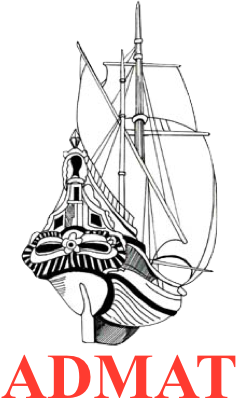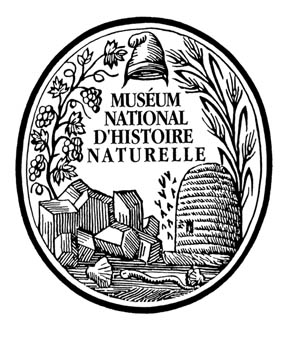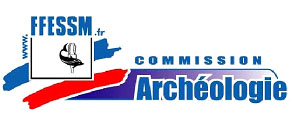Le Dragon 2021 Field School/Volunteer Project
Due to COVID 19 the dates for the 2021 survey will be announced when travel is possible. Please contact us to learn more and to be part of the Team.
Project Overview:
In 1783 Le Dragon was the last French warship lost in the American Revolutionary War. This is a unique opportunity to join ADMAT’s maritime archaeological project in the historic town of Monte Cristi on the north coast of the Dominican Republic. ADMAT is working with Oficina Nacional de Patrimonio Cultural Subacuático (ONPCS) and ADMAT-FRANCE based at the Institut de Paléontologie Humaine, Muséum National d’Histoire Naturelle, Paris (UMR-CNRS 7194), to conduct a maritime archaeological survey and excavation of this important American/English/French shipwreck.
The plan for the 2020 season following the success of the 2018 and 2019 season, is to continue to uncover the stern section side of the ship, locate more of the ships cannons and two main anchors which were used in the beaching and to conduct a gradiometer survey of the surrounding area. Last year we found a keel keelson section about 50 meters away from the amidships break. Currently we believe that this keel section is the extended section of the ship. The team will also see if we can find the figurehead which we believe is of General Washington, if the bow section is accessible (during the 2018 and 2019 seasons the bow section was buried under several feet of sand and after three days of excavation all we got down to was the grid from the 2000 survey.
Latest Research undertaken by Dr Florence Prudhomme of ADMAT-FRANCE has proven that Le Dragon was an English Privateer and an American Privateer before that. When launched as an American Privateer she was called the Washington.


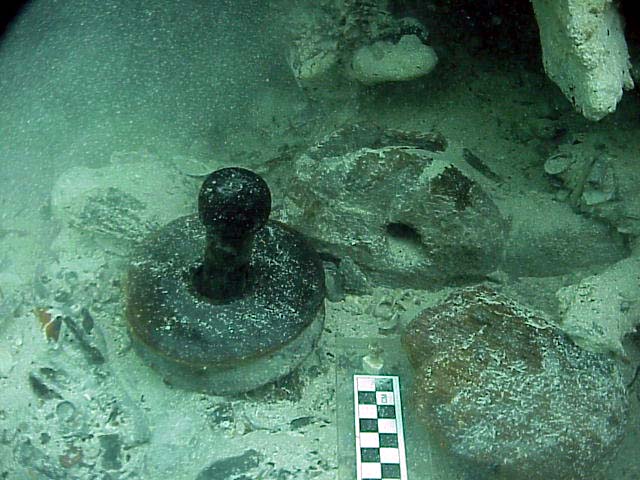
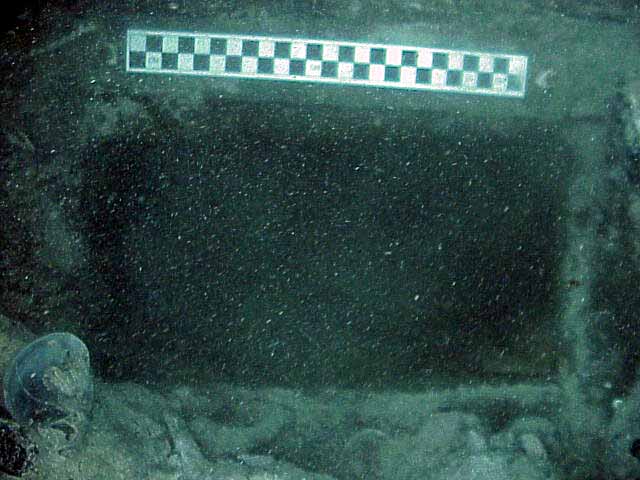
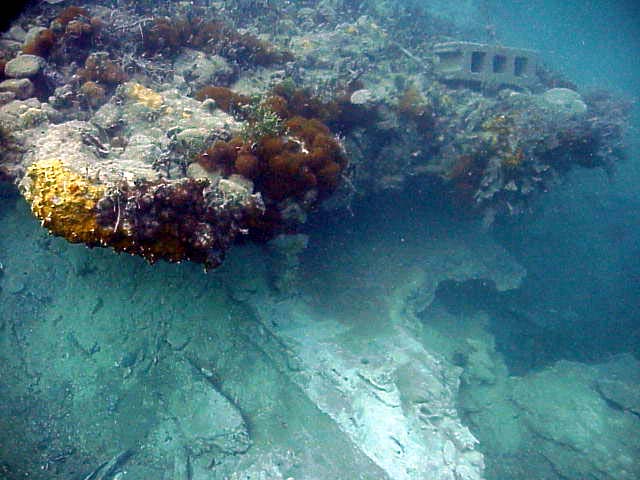

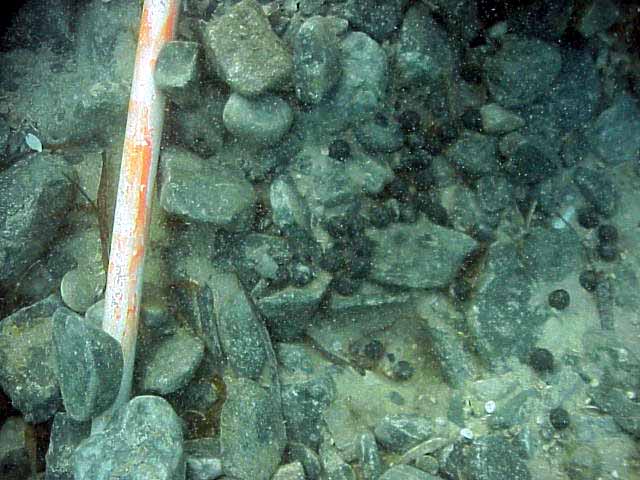
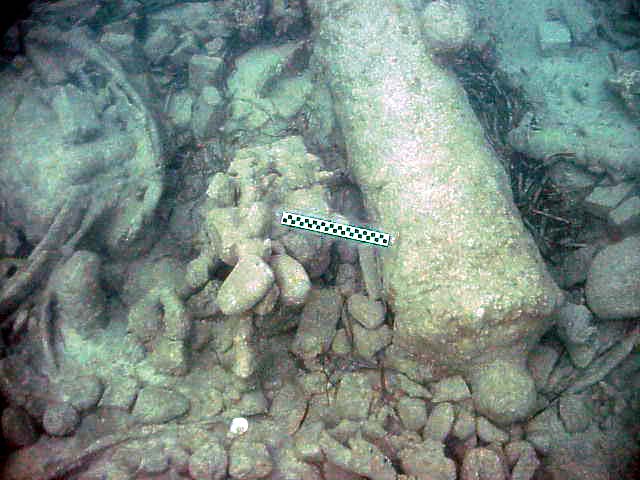


Applications are invited from divers, students, archaeologists and volunteers (minimum age 18) wishing to participate in the project. Only six places per week are available, so this is a unique opportunity to have maximum hands on training.
There are two different types of activity which all will undertake. One working on the wreck site underwater and the other at the base, working on the artefacts from this wreck and others. For information look through the web pages below. For dates and availability please contact Dr. Spooner on: maritime_archaeology@yahoo.co.uk
A painting of the battle and the last moments of Le Dragon, comissioned for the Pour La Science article on Le Dragon, which was previously called The Carron Wreck by ADMAT prior to identifying the ship as Le Dragon
Brief History of Le Dragon Wreck:
Dr. Spooner conducted a short survey of part of the wreck site in 2000. The wreck site was previously called The Carron Wreck after the 9 pounder Carron iron cannons found on the ship. The iron cannons were important as they were a set of the last iron 9 pounders the Carron Iron Foundry of Falkirk in Scotland made, prior to designing the new Carronade. The new Carronade was a shorter heavier cannon, well-liked by the American rebel forces. These were an import clue to identifying the ship.
The archival research was principally undertaken by Dr. Spooner, Florence Prudhomme, and Dr. François Gendron. After years of hard research, the story was found by the research team. The story confirmed the wrecking process calculations as set out by Dr. Spooner.
The wreck is located approximately 16 miles to the east of Monte Cristi just off the beach at Buen Hombre. The location of the wreck compared with the reef system is important, as the reefs hold the key to the wrecking, and demonstrates the Captain's superb seamanship by sailing right up the beach in the narrows missing the coral reef on both sides by a few feet in 1783. The story of the Captain and crew of this brave ship is an epic one. The press release gives the initial story, and Florence Prudhomme who is doing her PhD on the ship and her Captain has found much more in the archives.
We now know that the ship was an American Privateer, which was captured by the English and became a Liverpool Privateer which was captured by the French in 1781. Here she was converted into a warship pierced for 20 cannons and had 12 swivel cannons, sheeted with copper sheeting. In 1783 she was sent on an important secret mission for the King of France to deliver a spy on board with essential secret orders for the Governor of Santo Domingo. Intercepted by the English Admiral Hoods squadron, an epic battle ensured with Admiral Hood’s flagship a 98gun and English third rate a 74 gun ship giving battle and hoping to capture the ship and the secret orders. The Captain realising he was outgunned and out classed sailed the ship up the beach and fought a rearguard action to allow the spy to escape with the secret document. After making sure his crew was safe the Captain destroyed the stern of the ship rendering it useless to the English. With the explosion of the stern section of the ship, many items would have been thrown into the air and would have become buried in the sand. We have surveyed part of the remaining ships hull which is buried in the sand. Over 18 meters of bow and amidships have been located so far and five cannons have been located.
A page form the archives telling some of the story
ADMAT's maritime archaeological work on this wreck site was assisted by ADMAT-FRANCE a non profit organisation based in the Institut de Paléontologie Humaine, Muséum National d’Histoire Naturelle, Paris.
ADMAT-FRANCE is a sub division of the Anglo ~ Danish Maritime Archaeological Team
ADMAT is delighted to have an association with Muséum Nationald’Histoire Naturelle at Paris, départememt Préhistoire, UMR-CNRS 7194.
